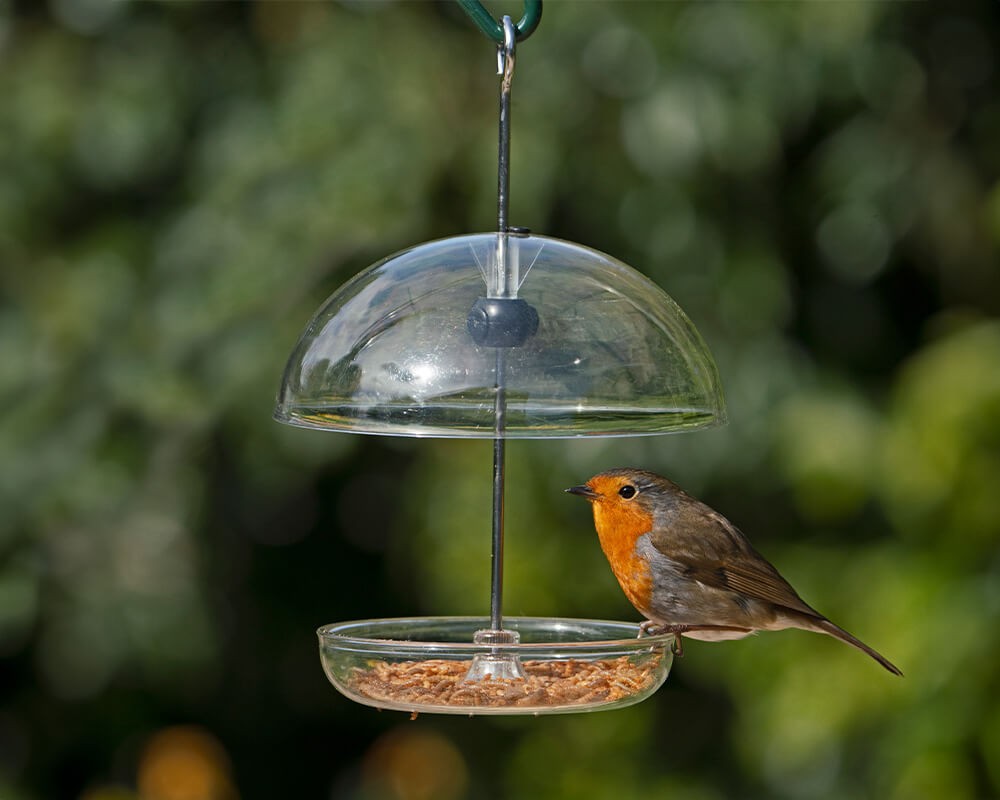Composition:
Dried Mealworms (Darkling Beetle Larvae)
How Do I Feed Dried Mealworms?
Dried mealworms can be mixed with any seed mix to boost the protein content of the mix, or offered on bird tables or ground trays
What Birds Like Dried Mealworms?
Dried mealworms are enjoyed by blackbirds, robins, tits, dunnocks, thrushes, and starlings
No Fillers
Our dried mealworms are simply dried mealworms, nothing else
Recyclable Packaging:
Our Dried Mealworms are available in bulk 12.55kg, 2.25kg, 1kg and 200g bags, the bags are made of a recyclable plastic. The plastic bags can be recycled at many supermarkets and other collection points. For more details and to find your nearest collection point, please read our recyclable packaging page.
Can I Feed These All-Year Round?
Absolutely, dried mealworms will be readily eaten at any time of year
Can this be fed around pets?
Dried mealworms do not contain any sultanas or raisins.
Dried mealworms are readily taken by a wide variety of wild birds, particularly insect eating birds and are a firm favourite of Robins! They are a very high protein food source which is essential for birds, especially during the moult season in late summer which can last up to 5 weeks.
Mealworms are the larval stage of the mealworm beetle (Tenebrio Molitor) which is a species of the Darkling Beetle. Live mealworms can be very expensive and need to be fed quickly after purchase, so dried mealworms are a cheaper and much cleaner alternative to provide your wild birds without losing much of the nutritional content.
Dried mealworms can be rehydrated prior to feeding by soaking in warm water to provide the birds with additional moisture; this is particularly helpful during spring as the added moisture makes the mealworms easier for young birds to swallow. When natural insect supplies are low, particularly in winter, insect loving birds will turn to gardens for an alternative food source.
NOT FOR HUMAN CONSUMPTION



